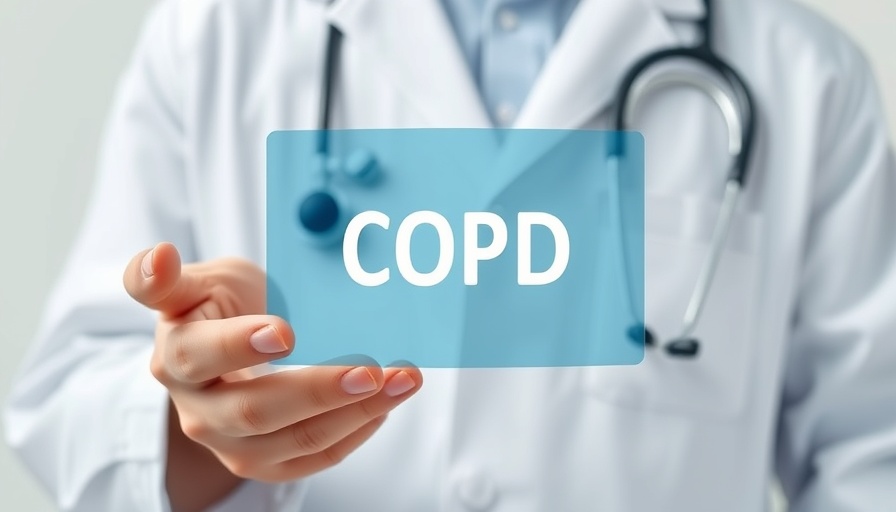
Understanding Difficult Mask Ventilation: The Role of Palatoglossal Space
Difficult mask ventilation (DMV) is a critical concern in anesthesia, affecting patient safety during surgical procedures. A recent study highlights the predictive capacity of the palatoglossal space (PGS), evaluated through ultrasonography, offering promising insights for anesthesiologists. By focusing on PGS, healthcare providers can better identify patients at risk of DMV and tailor their approach for safer anesthetic management.
The Study: Key Findings on Palatoglossal Space
The research conducted on adult patients undergoing elective surgery emphasizes the strong correlation between palatoglossal space measurements and the likelihood of experiencing difficult mask ventilation. The study identified a cutoff value of 6.8 mm for PGS, achieving a remarkable sensitivity of 94.4% in predicting DMV. This statistic underscores the utility of ultrasonography as a rapid and effective tool in preoperative assessments, simplifying the screening process for anesthesiologists tasked with ensuring patient safety.
Improving Airway Management Practices Through Technology
As advancements in medical technology evolve, tools like point-of-care ultrasound are becoming indispensable in predicting potential airway challenges. Incorporating ultrasonographic evaluation into standard practice aligns with the evolving trend toward enhanced preoperative assessments. Compared to traditional techniques, which may rely heavily on subjective evaluations like Modified Mallampati grading (MMG), ultrasonography offers quantifiable data that can significantly improve accuracy in predicting airway difficulties during general anesthesia.
Comprehensive Assessment: Beyond Just Measurements
While the palatoglossal space presents strong predictive capabilities, the study also assessed tongue thickness (TT) for its potential role in predicting DMV. Findings revealed that while TT adds context, its sensitivity in this scenario is comparatively limited. Combining PGS with information on TT, anesthesiologists can construct a more comprehensive profile of a patient's airway anatomy and potential challenges, thereby refining their approach to anesthesia.
Looking Ahead: Future Predictions for Anesthesia Practice
As studies like this gain traction, they pave the way for future methodologies in anesthesia. The accurate prediction of DMV could revolutionize protocols, allowing medical professionals to customize anesthetic strategies before the procedure begins. With a growing recognition of the importance of patient-specific assessments, the role of ultrasonography in routine anesthesiology may only expand, further enhancing patient outcomes.
Addressing Potential Challenges in Implementation
Despite the promising results of ultrasonography in predicting DMV, real-world application presents challenges, particularly in resource-limited settings. Anesthesiology departments must ensure that practitioners are trained in ultrasonographic techniques, which may entail a shift in training programs and resource allocation. However, the investment in education and equipment could substantially improve patient safety and efficiency in operating rooms.
Final Thoughts: Embracing Innovation for Patient Safety
Understanding the nuances of airway assessment and the predictive capabilities of palatoglossal space through ultrasonography can lead to meaningful improvements in clinical practices. As anesthesiologists strive for the highest standards of patient care, embracing innovative techniques like this empowers them to tackle the complexities of airway management with confidence. The insights gained from this study not only advance medical knowledge but also reinforce the importance of continuous learning and adaptation in the practice of anesthesiology.
 Add Row
Add Row  Add
Add 




Write A Comment